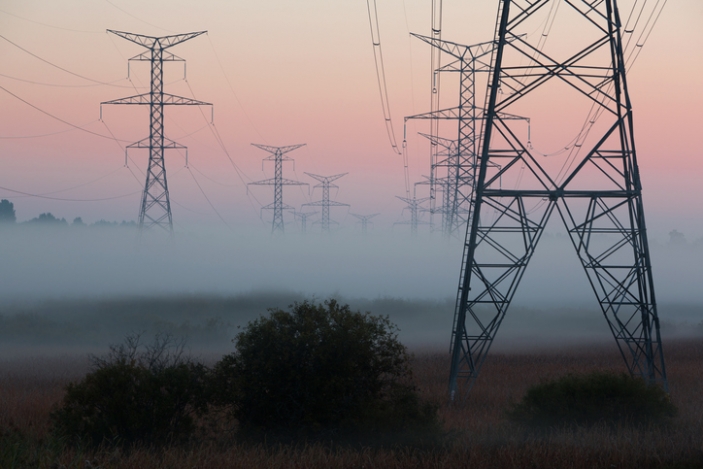
UK electricity prices tumbled last month as the peak-flattening effect of the country’s solar capacity occurred earlier than usual, according to monitoring and data firm S&P Global Platts.
The news follows an historic month for UK solar during which generators sent peak afternoon transmission system demand below that of night time demand for the first time, while the closure of the Renewables Obligation contributed towards one last spike in utility-scale deployment.
According to Platts, mild conditions and longer days experienced in March sent the input from renewables and nuclear generators up 14% from February to 13.63TWh.
Wind, hydro and solar all recorded notable increases in output and, as a result, coal generation tumbled from 3.46TWh in February to 1.46TWh in March.
In contrast coal’s output in March 2016 stood at 4.12TWh.
Demand also fell 4% year-on-year to 24.86TWh which, combined with the changing supply profile, sent electricity prices tumbling.
Anuradha Ramanathan, pricing team lead for European electricity at Platts, said: “The peak-flattening effect caused by the UK's growing solar park [sic] kicked in early this year, reducing the Day Ahead base-peak price spread to under GBP2/MWh mid-March.”
While asset owners will no doubt relish the above average generation, such a collapse in electricity prices will have repercussions on the returns available on the wholesale market.
Such volatility has already seen a number of major solar asset owners look to mitigate the impact by using power purchase agreements, having had their fingers burned in the past.
Last year Bluefield lauded its strategy to secure long-term PPAs for some of its assets which it said helped to offset wholesale market volatility.
Peak solar generation on the afternoon of Saturday 25 March was enough to send transmission system demand to below that of the night before, the first time such an event had happened in UK history.
Nearly 8GW of solar generation surged into the grid between the hours of 1pm and 4pm and National Grid was forced to curtail coal and gas-fired plant to cope with the supply surplus.
Power prices is just one of a number of topics set to be discussed at Solar Media’s Managing European Solar Assets conference, held between 24 and 25 April at the Royal Institute of British Architects in London. Further information on the programme is available here, and tickets are still available to purchase here.

